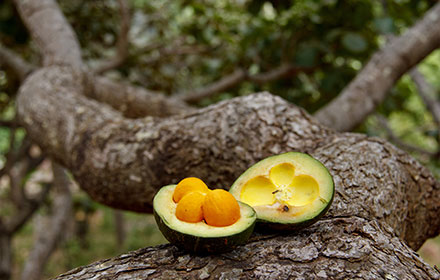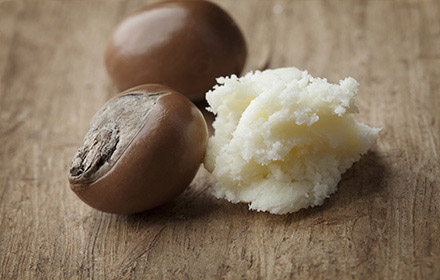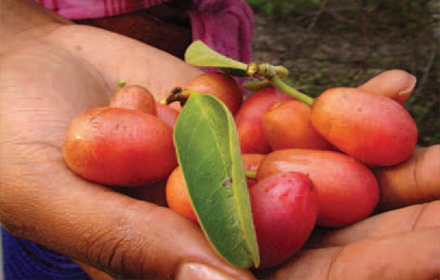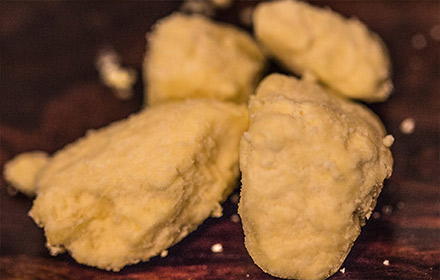Pequi tree (Caryocar brasiliense)
Pequi tree (Caryocar brasiliense) en.wikipedia.org/wiki/Caryocar_brasiliense The Pequi tree is found in Brazil and Paraguay. Pequi is a tasty edible fruit, popular in some areas of Brazil where it is used by the population for food, cosmetics and medicine. It is pollinated mainly by bats. Traditionally rural Brazilians plant Pequi trees around villages; however the conservation [...]




